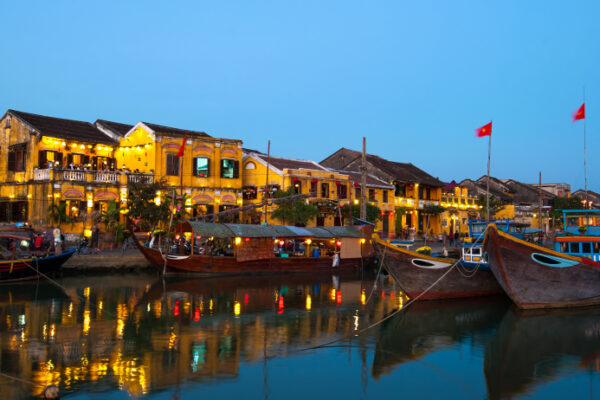As I stepped off the plane in Hanoi, I was immediately struck by the vibrant colors and intricate designs of Vietnam’s traditional costumes. Little did I know that my journey through this beautiful country would be a fascinating exploration of its rich cultural heritage, woven into every thread of these stunning garments.
The Ao Dai: Vietnam’s Iconic National Dress | Vietnam’s traditional costumes
My first encounter with Vietnam’s traditional costume was the elegant ao dai. This graceful outfit consists of a long, form-fitting tunic worn over loose-fitting trousers. As I watched women glide by on their motorbikes, the ao dai’s flowing panels created a mesmerizing sight.
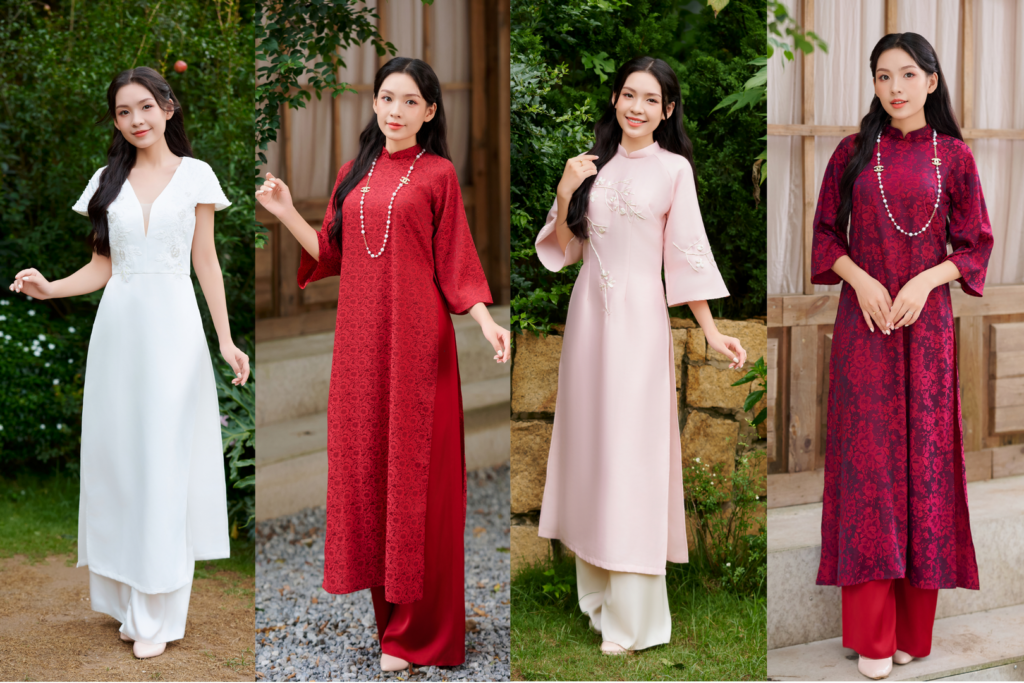
I learned that the ao dai has a history dating back to the 18th century. Originally worn by both men and women, it has evolved over time to become primarily associated with women’s fashion. Today, you’ll see the ao dai worn on special occasions, by students, and in professional settings.
Tip for travelers: If you want to experience wearing an ao dai yourself, many tailor shops in Hoi An offer custom-made versions at reasonable prices. Just be prepared for multiple fittings to achieve that perfect fit!
The Ao Tu Than: A Four-Panel Dress with a Story
Venturing into the countryside, I encountered the ao tu than, a traditional costume worn by women in northern Vietnam. This four-panel dress consists of an outer tunic and an inner blouse, paired with a long skirt and a silk sash.
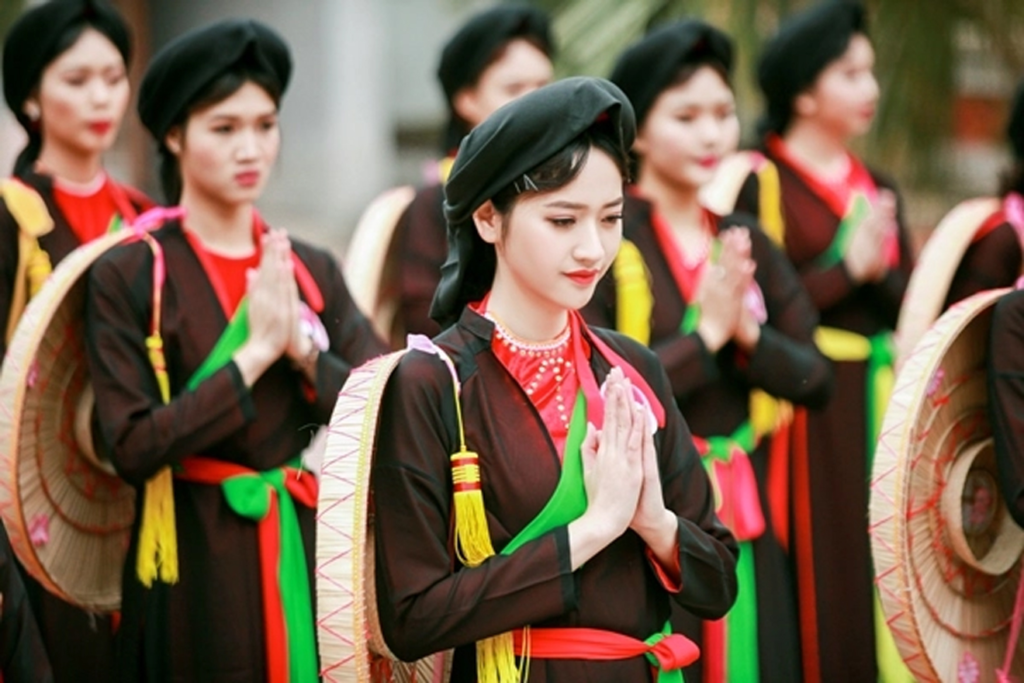
What fascinated me most about the ao tu than was its cultural significance. Each panel represents a parent of the wearer, with the fourth panel symbolizing the wearer herself. This beautiful metaphor for family unity touched my heart and gave me a deeper appreciation for Vietnamese culture.
Practical advice: The best place to see ao tu than in daily use is in the rural areas of northern Vietnam, particularly during festivals or market days. Consider joining a guided tour to remote villages for an authentic experience.
Ethnic Minority Costumes: A Kaleidoscope of Colors | Vietnam’s traditional costumes
My journey took an unexpected turn when I visited the mountainous regions of Sapa and Ha Giang. Here, I discovered the incredible diversity of Vietnam’s ethnic minority costumes. Each group, from the Hmong to the Dao, has its own distinctive style, often featuring bold colors and intricate embroidery.
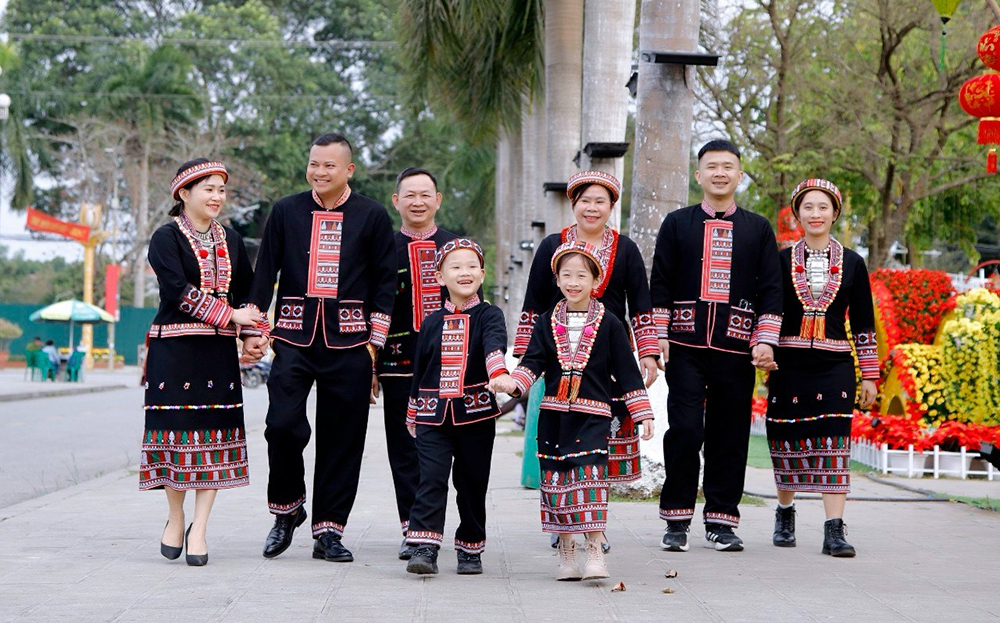
One particularly memorable experience was watching a group of Red Dao women create their elaborate headdresses, which can weigh up to 4 kilograms! The level of craftsmanship and attention to detail was truly awe-inspiring.
Travel tip: When visiting ethnic minority villages, always ask for permission before taking photos, and consider purchasing handmade textiles as souvenirs to support local artisans.
The Evolution of Vietnam’s Traditional Costume
As my journey through Vietnam came to an end, I reflected on how traditional costumes have adapted to modern times. In bustling cities like Ho Chi Minh City, I saw contemporary interpretations of the ao dai, with shorter lengths and modern fabrics.
Despite these changes, the essence of Vietnamese traditional costume remains intact. It continues to be a source of national pride and a vital link to the country’s rich cultural heritage.
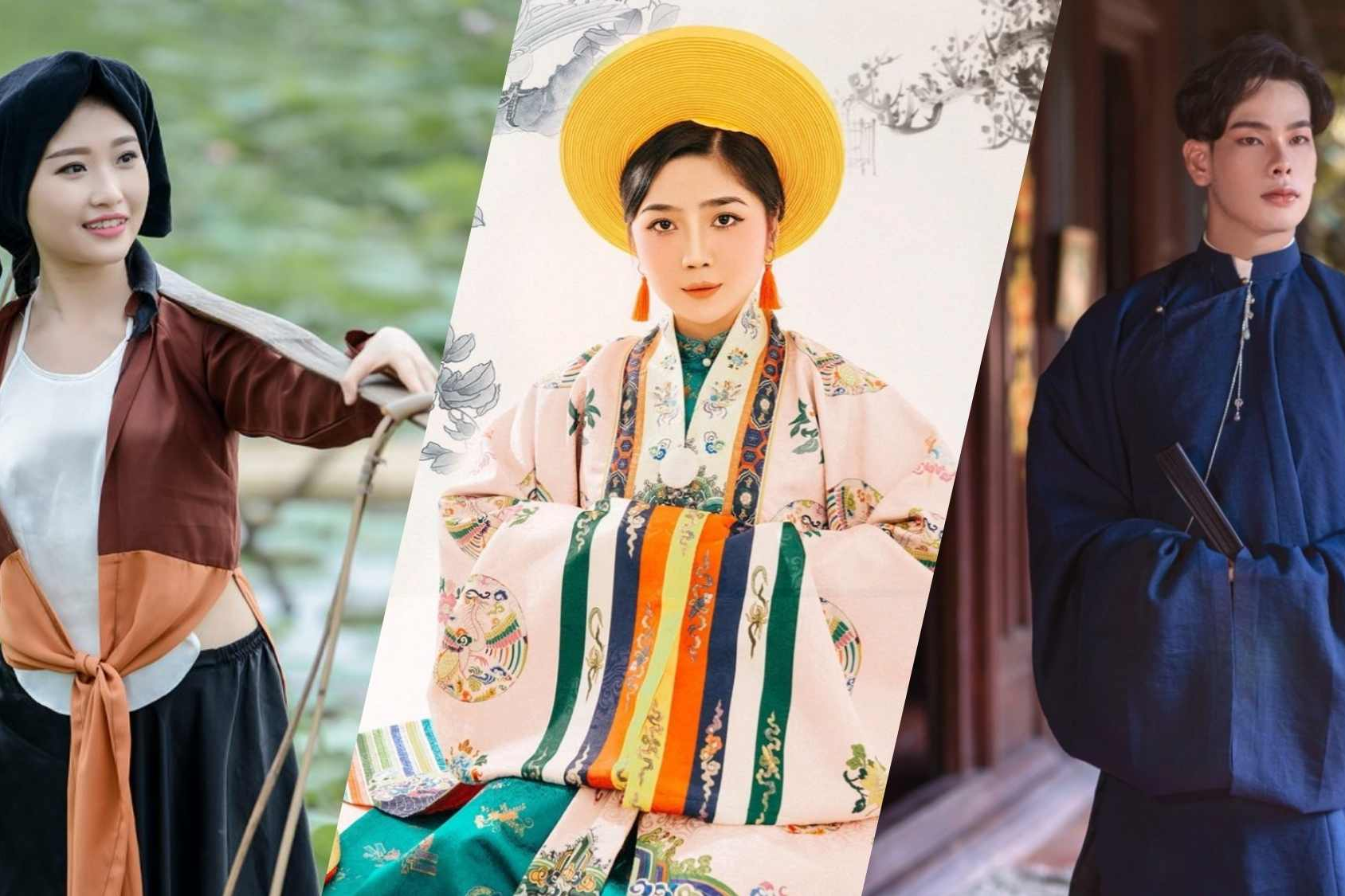
For those planning a trip to Vietnam, I highly recommend timing your visit to coincide with major festivals like Tet (Lunar New Year) or the Mid-Autumn Festival. During these celebrations, you’ll have the opportunity to see traditional costumes in all their glory, worn by people of all ages.
As I packed my bags, filled with colorful textiles and unforgettable memories, I couldn’t help but feel grateful for the deeper understanding of Vietnamese culture I had gained through exploring its traditional costumes. It’s an experience I’ll cherish forever, and one I hope every traveler to Vietnam will seek out.
For more inspiring travel destinations and cultural experiences, visit Findtourgo.

